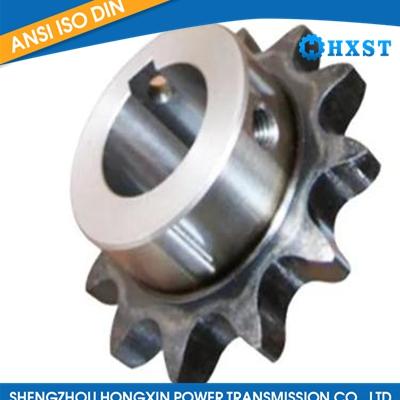
H200 Timing Pulley
Product Item:HXST-227
Model:H200 Timing Pulley
Material: C45, stainless steel, etc.
Surface treatment:Teeth hardened, Black oxide, Zinc plated, Electrophoresis etc
Package:Standard export case, individual package (neutral or colorbox) available.







